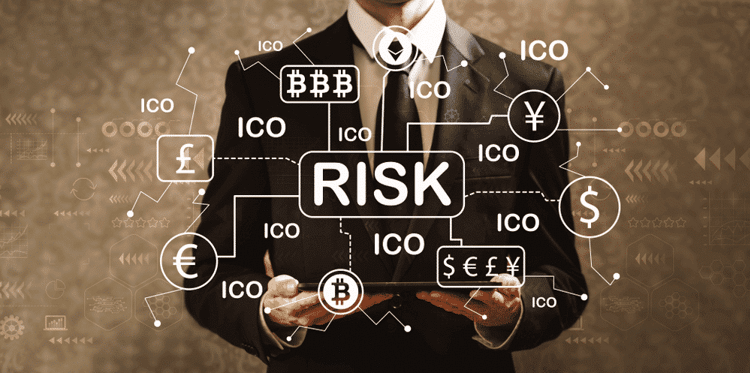How can blockchain address De-Risking?

How can blockchain help?
Blockchain technology can help with de-risking by reducing regulatory compliance costs while increasing the transparency of transactions. In particular, blockchain has the potential to reduce compliance costs associated with “Know Your Customer” requirements.
Lower customer verification costs and greater transparency can mitigate de-risking by financial institutions while also benefiting senders and recipients of remittances, businesses needing trade finance, and charities operating in conflict areas.
How can blockchain address De-Risking?
Financial institutions dedicate a significant amount of resources to complying with Know Your Customer requirements. They must meet these requirements when taking on a new customer even if the customer’s identity and credentials have already been verified by another financial institution. A Thompson Reuters survey found that Know Your Customer costs are, on average, $60 million per year for financial institutions. Some institutions spend up to $500 million a year on procedures to verify customers that can take several months.
Blockchain has the potential to improve this situation. As discussed earlier, each block of information contains a record of valid transactions with timestamps and carries the history of all transactions on the network by including a reference to the previous block. And while the blockchain can replace a centralized authority or trusted a third party, its multiple users can also ensure that any data stored is extremely difficult to change or tamper with. This feature, combined with biometric identification or Know Your Customer utilities, can be an effective, inexpensive way to verify customers and their transactions.
Blockchain is not perfect technology; nor is it impervious to hackers. While it enables the protection of confidential information, the level of anonymity it allows can be problematic, leaving it open for bad actors to conceal their identities and making the tracking of individual payments difficult.
Yet blockchain could also bolster anti-money laundering efforts, according to the Bipartisan Policy Center. “Blockchain could give banks and regulators access to far more detailed transactional and cross-institutional data than is currently available, allowing them to peer deeper into financial networks to identify bad actors. Furthermore, the distributed nature of blockchain technology makes it difficult for criminals to falsify transactional data to cover their tracks. All of this could take place in real-time, giving law enforcement the precious time they need to identify terrorist plots before they happen. However, this additional speed would need to be balanced against privacy concerns that could arise depending on how such a system was implemented.”
Given the technology’s enormous potential, regulators should fully explore how blockchain can improve the current anti-money laundering system. There should also be room for experimentation. For example, the UK Financial Conduct Authority’s Project Innovate has created a “regulatory sandbox” to allow institutions to test new products and services. A new report from the United Nations Economic Commission on Latin America and the Caribbean argues that, with the appropriate enabling environment, there are blockchain-based solutions that might be used to address the problem of de-risking in Caribbean countries.
Reference: IFC Report on Blockchain: Opportunities for Private Enterprises in Emerging Markets, Jan 2019


















